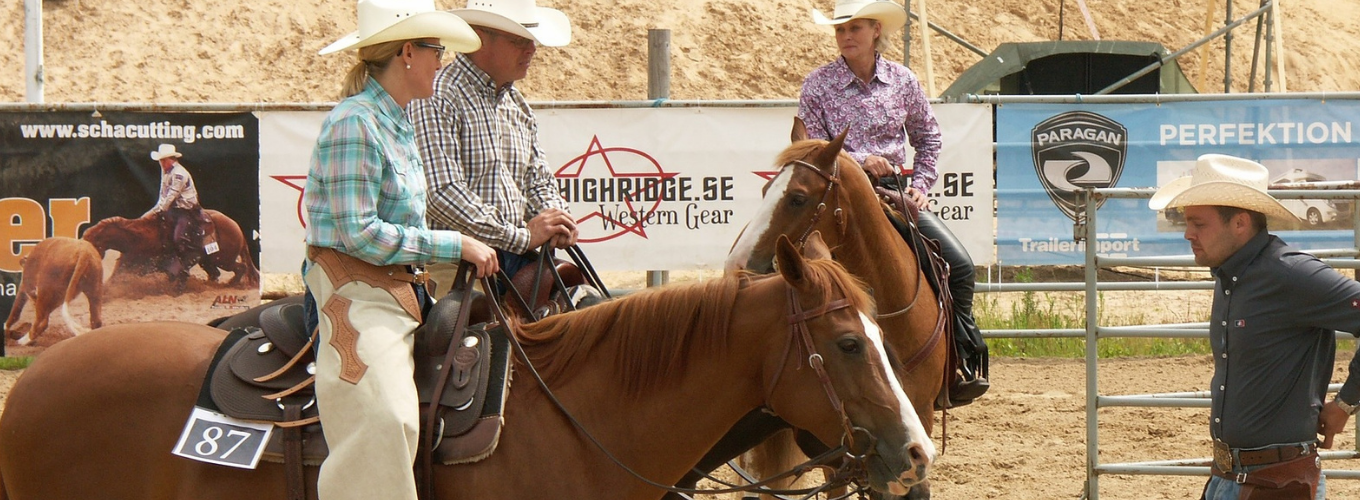Top 25 Reasons to Be a Cowboy|#7: The Duds
A big brimmed hat, tall-topped boots, long sleeve shirt, denim britches, and spurs jingling: the cowboy get-up is pretty simple. But within those few parameters lies multitudes.
To the uninitiated, those basic duds only mean one thing: a cowboy. Line up a buckaroo from Nevada, a puncher from Texas, an Arizona hand, a Florida cracker, a Rocky Mountain cowboy, a Great Plains drover, a team roper, and a bull rider and those outside our industry would focus only on the similarities in garb. The men and women in that lineup, though, would only see the differences.
Largely, the differences indicate regional affiliations, but I’ve seen the punch hat crease in Montana and the flat hat in Texas. Sometimes, the differences in style correlate to certain eras. A cowboy will often stick with the look most popular when he was in his prime. The other main source of differing looks comes from discipline. Ranch cowboys, performance horse competitors, rough stock riders, and stockmen will all have distinct looks—either due to function or style.
Recently, I worked cattle with a group of folks with whom I dress pretty similarly. However, a more observant friend pointed out how differently we all dress. Once I stepped back, I realized how right he was. Despite all sporting a general southern Colorado/northern New Mexico/Texas Panhandle/western Oklahoma look, our get-ups were incredibly varied.
One younger bronc stomper sported more garish spurs, a less-than-sharp crease in his hat, and fluorescent-colored tie strings in his chaps. One of the punchers likes to team rope on the weekends, and his saddle revealed that fact. Another was more fastidious about his look: his hat crease perfect and shirt and jeans pressed. Nevermind all that would be filthy by the end of the day.
Some jobs require uniforms. I think of football players, in particular, who have no real way to express their individuality as they’re on the playing field. I believe they get paid enough that they’re willing to make certain compromises.
Ranch cowboys, though, sure don’t make that kind of dough. So it’s a perk of the job that we get to express our individuality through clothing and gear choices. Yet, those choices stay within the confines of a cowboy look. This gives our culture just one more layer of interest and appeal. The cowboy “look” stands for something and represents an entire culture and an entire ideal—yet allows room for individual flair. It’s a unique—and often overlooked—perk to our lifestyle and I for one am thankful for it.


